Dispatches from a Superintendent
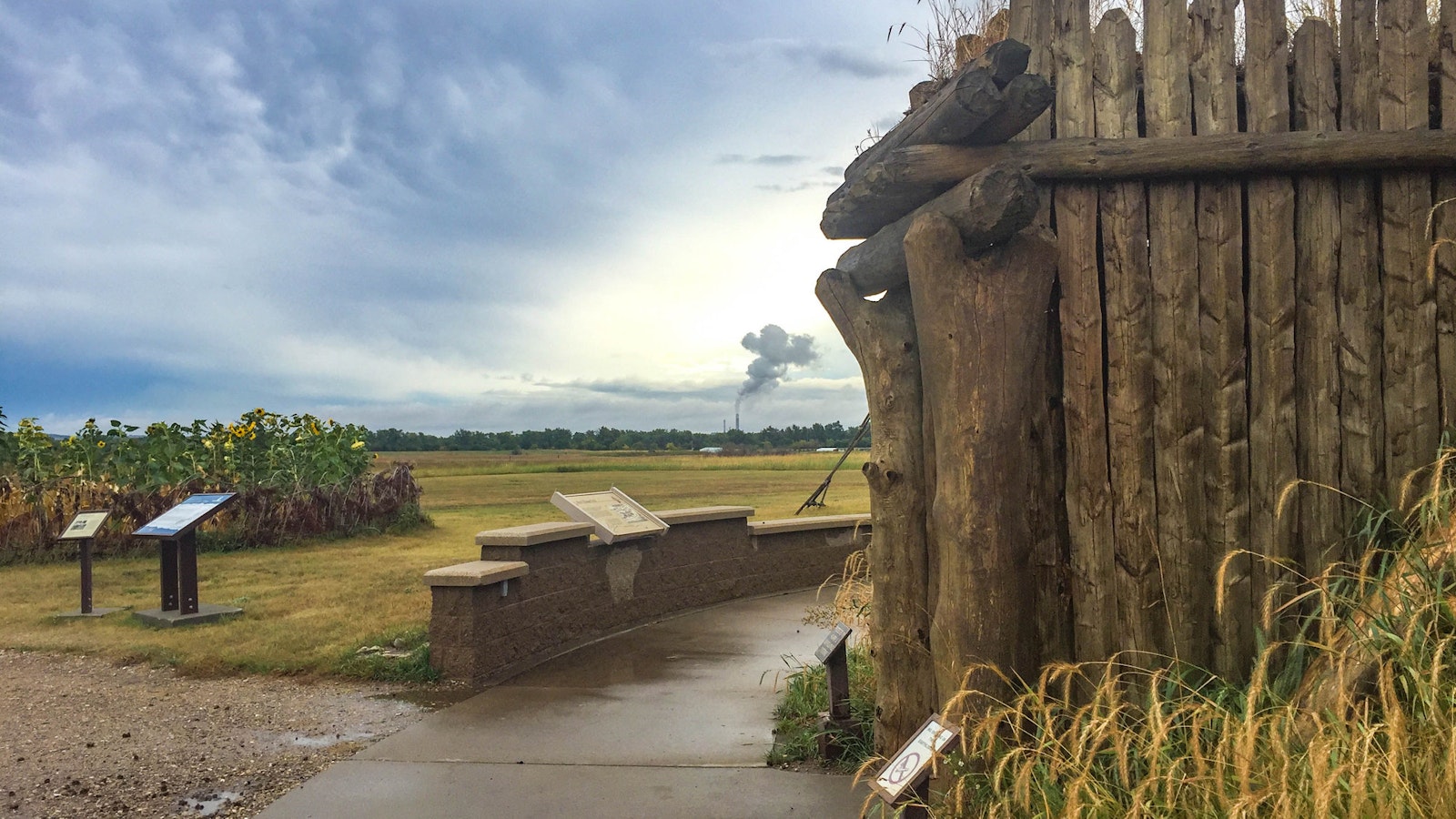
.
.
Superintendent Alisha Deegan lives and works in her peoples' ancestral lands, now known as Knife River Indian Villages National Historic Site in Stanton, North Dakota. As superintendent, she oversees the park's day-to-day operations, manages natural and cultural resources, and supervises a dedicated team of staff.
While Knife River Indian Villages was established as a national historic site in 1974, the land has a long and vibrant history that predates its incorporation into the National Park System. Like most, if not all, of the lands in today’s national parks, Knife River Indian Villages is the ancestral home to Indigenous peoples.
It is the land of the Hidatsa, Mandan, and Arikara peoples, who lived, farmed, hunted, and established communities and cultures in the Knife River region for tens of thousands of years.
We had the opportunity to speak with Superintendent Deegan about her personal connections to the land, her career journey with the National Park Service, and how she strengthens relationships between Indigenous communities and national parks.
We hope you’ll enjoy hearing from Superintendent Deegan and gain an understanding of the important leadership roles she plays in the National Park Service and in local communities.
Tell us a bit about yourself!
How is your personal journey interconnected with national parks?
I am Alisha Deegan, a citizen of Mandan Hidatsa Arikara Nation. I grew up next to Lake Sakakawea here in North Dakota, on the Fort Berthold Indian Reservation.

During my childhood, I would hear stories about the bottoms lands that were flooded out by the Garrison Dam/Pick Sloan Plan and wanted to better understand the pain and trauma that my grandparents went through. Now living along the Missouri and Knife River, I get a better feeling of the devastation of losing that connection. There is a reason my people lived along the river for hundreds of years, that ties directly to our culture.
I live and work in my people’s ancestral and treaty land. I have worked for the National Park Service (NPS) for 16 years and have worked at two parks during that time. I started my first job with NPS at Mount Rushmore National Monument. That first season working for NPS set my career path. I originally wanted to go home and help provide tourism opportunities for my tribe, but my experience and the leadership [at Mount Rushmore National Monument] helped set me on an amazing career path. I got to see Native leaders in NPS making positive changes and I knew that was what I wanted to do.
My current park has always been my dream park and the opportunity to work here and become Superintendent has been amazing.
What originally attracted you to working for the National Park Service? What motivates you to do this work?
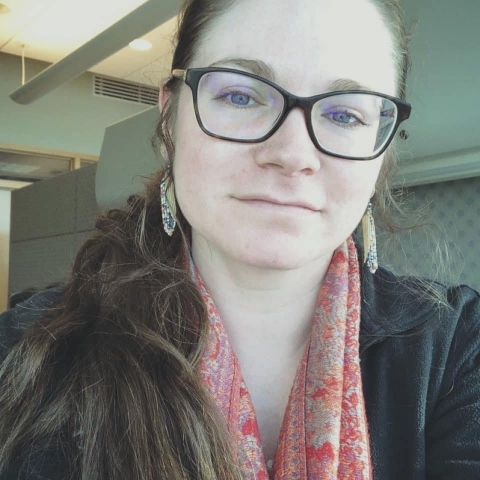
I enjoyed the mission of NPS. I also had great leaders to look up to and supervisors as mentors. They showed me that you can make a difference and reach many people in a positive way. While working for Facilities, I loved the tangible aspects of the projects. It very nice seeing the work being completed from start to finish.
My motivation has been making it easier for BIPOC (Black Indigenous People of Color) employees. I do this by being a part of employee resource groups and by participating in trainings. I started this work in 2013. In joining an ERG, I wanted to learn and also be proactive about helping. I wanted to see more Indigenous employees working for the NPS, but I [also] wanted them to have support and feel welcome. The work that we do does not always make impacts that affect the present. Knowing this, I help with trainings and webinars that will make it easier for the next generation. Giving managers and employees the tools to help their employees and themselves is one of the best things that we can do. I help managers and employees know that certain phrases and words are hurtful and can lead to employees not feeling welcome.
What are some of your favorite aspects of your job and what are some of your biggest challenges?
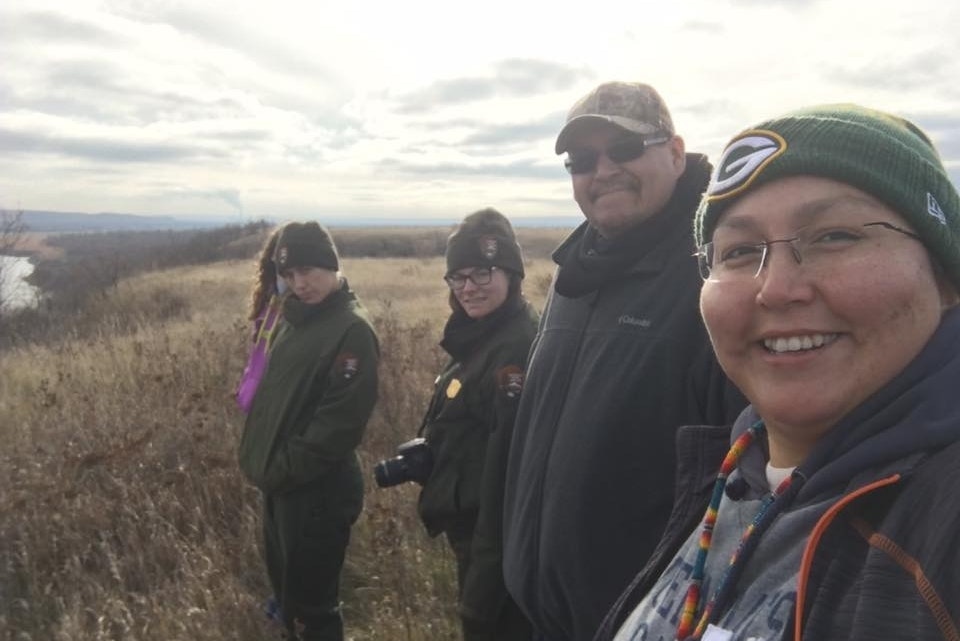
My absolute favorite part of my current job is taking care of land and cultural narrative at my park. I want to see more Mandan, Hidatsa, and Arikara members working at the park and continue their ties to the land. There are many obstacles for these communities, including housing and travel, as the location is far from any big cities and the Reservation. These two specific challenges in the present are hurting the parks' chances of recruiting interns and employees. The local area has some housing but the amounts for living expenses are sometimes more than what potential employees and interns can afford on a GS-3 salary.
How do you honor your heritage and the ways you identify through your involvement with national parks?
The simplest way is in my email information. Under my name I have that I am Hidatsa and Sahnish/Arikara. I also Chair the Indigenous employee resource group called, Council of Indigenous Relevance Communication and Excellence (CIRCLE). Here, I get to interact and provide space for Indigenous employees to feel heard and relate with our cultures. Most times, that employee is the only person from their Tribal community. This can create a space of isolation, especially with micro aggressions. CIRCLE helps employees to feel connected and want to continue to work for NPS.
How do you help strengthen relationships with Native American, Alaska Native, Native Hawaiian, and other Indigenous communities, and why is this so important?
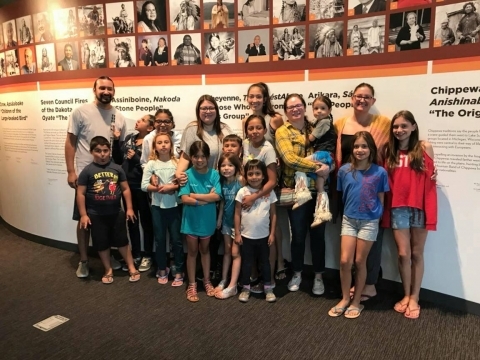
Again, the best way that I, personally, have been able to help is through CIRCLE and always bringing awareness of issues and most importantly, the nuts and bolts of how to work with Tribal Nations. We see a lot of hesitation when working with Native American, Alaska Native, Native Hawaiian, and Indigenous communities, because of managers’ fears and notions on how the relationship will go. What I always tell people and teach my children is to approach each situation with an open heart and open mind. Treat each meeting as an opportunity to become a better version of oneself and remember NPS employees represent the government and in these communities that comes with a lot of negative baggage. Do not take it personally.
What do you envision for the future of national parks? What are your hopes and goals?
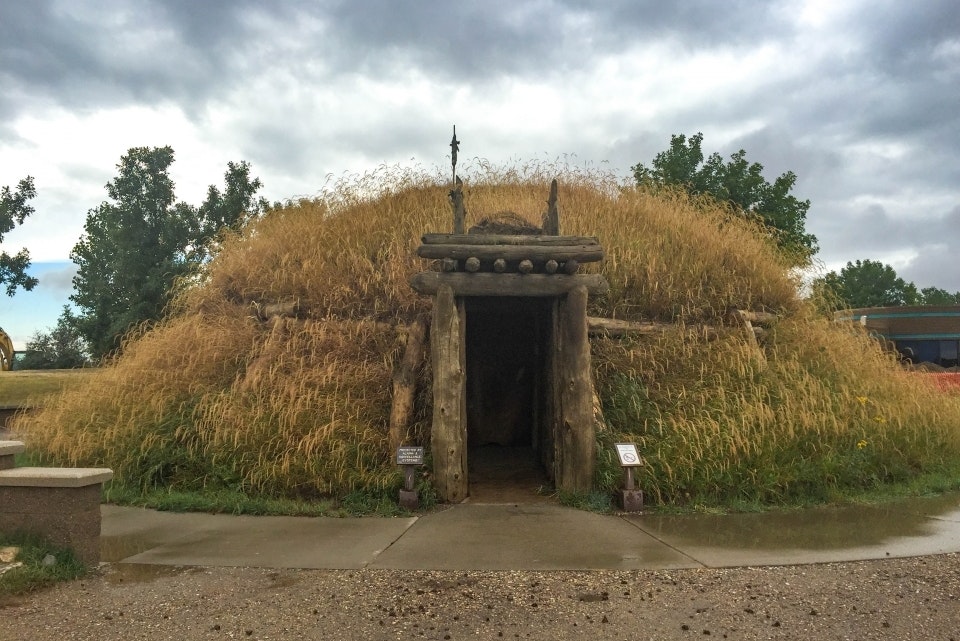
My hope is that more Indigenous people will continue and start their careers with NPS. Many Indigenous Nations have been removed from their ancestral lands and national parks are a way for people to reconnect and strengthen their ties to the land. When we work in parks, we can share our own stories and experiences in first person, rather than them being told from a book. This is important because many of the histories and stories that have been recorded have been written down from a different perspective than how it was told. For example, men only recorded information related to men and women's history is largely left out.
What has the National Park Foundation's support enabled Knife River Indian Villages National Historic Site to do?
The National Park Foundation (NPF) has supported Knife River Indian Villages with a few projects and the most recent was a Junior Ranger Angler Grant. We were able to provide local youth with new fishing poles and tackle boxes through a park program and another local program. We also created a video on Hidatsa traditional fishing practices. When it is complete, it will be found on our YouTube channel, named Knife River Indian Village NHS.
What advice do you have for someone hoping to work in public land management?
The work in public land management is broader than most realize. There are jobs for almost every field out there.

In my experience speaking with Indigenous people, for many individuals from these communities, it is hard to leave their family and community. I recommend taking advantage of doors that open, pivot when you can, and being open to new opportunities. This can lead to working in ancestral homelands and still being connected to your community.
I am the first person of my Nation that is Superintendent of Knife River Indian Villages NHS. There is already a sense of responsibility that comes with just the position, but there is even more responsibility with this park being a direct tie to ancestral villages and the landscape of my tribe. I want to see more Indigenous NPS employees sitting in these positions at their ancestral lands.
The National Park Foundation is proud to support Knife River Indian Villages National Historic Site and other national parks that honor and celebrate Native American history and culture.
In 2019, an Open OutDoors for Kids field trip grant from NPF brought students to Knife River Indian Villages National Historic Site for hands-on activities that gave them a glimpse into what village life was like in and around the Hidatsa earthlodges. Students enjoyed an Atlatl demonstration and Plains Sign Language demonstrations, as well as traditional stories, flute music, storytelling, and artwork from a Hidatsa Elder.
Another grant from NPF brought a team of students and interns to the site in 2018 to help national park staff conduct native prairie restoration. Participants removed invasive plants, monitored biodiversity, and propagated and planted seeds to restore approximately 100 acres of agricultural land to mixed grass prairie conditions. Students, staff, and interns restored important natural resources while gaining a greater appreciation for Hidatsa lifeways, prairie ecology, and the cultural significance of native prairie lands.
We hope that Superintendent Deegan's insights and journey will inspire you to explore our national parks and to learn from the many histories, stories, and cultures that they encompass.